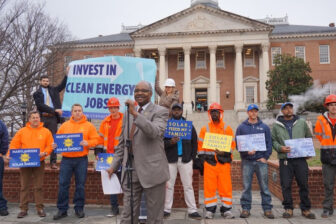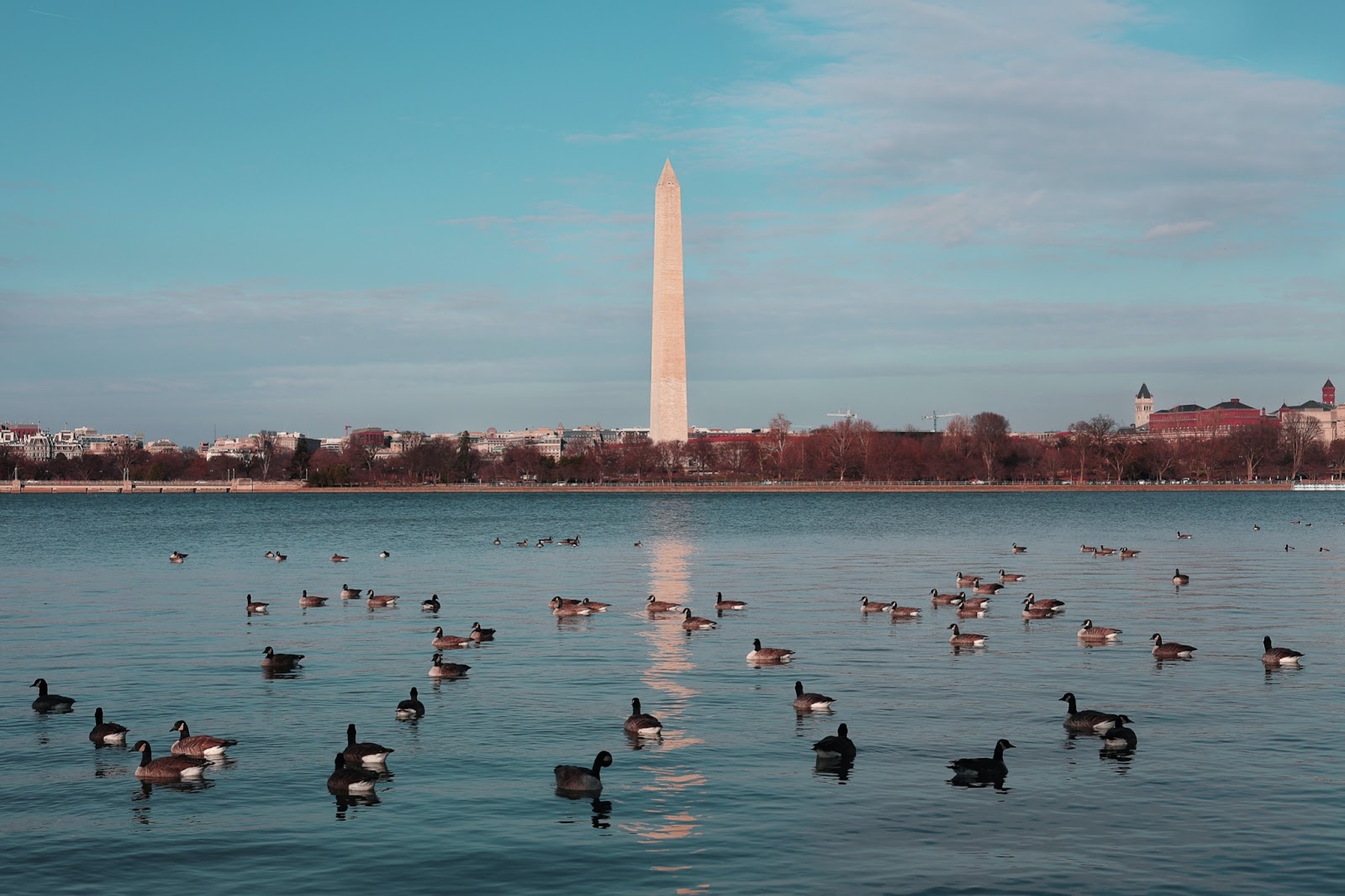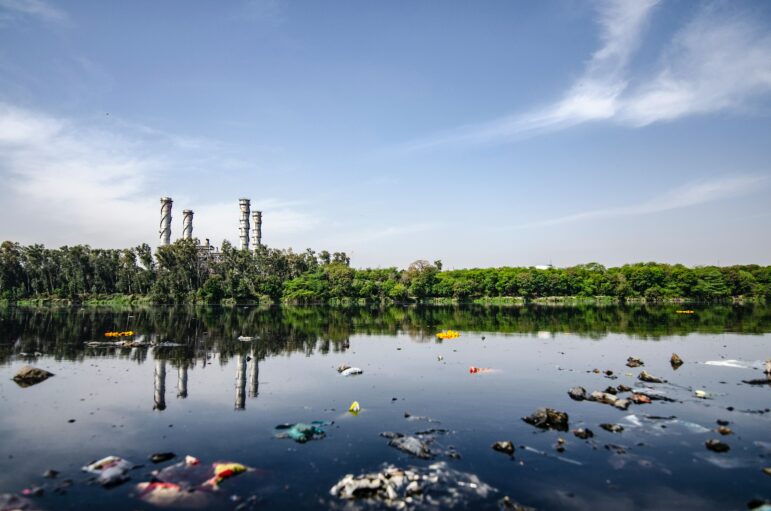VA Department of Environmental Quality Finalizes C4GT Gas Power Plant Cancellation
Activists celebrate after leading a years-long campaign to stop C4GT, turn efforts to other dangerous fossil-fuel projects moving forward
Charles City, VA — After years of activists campaigning to stop the C4GT Gas Power Plant, the developing company, NOVI Energy, announced its move to cancel the proposed project a month ago. Finally, this past weekend the Virginia Department of Environmental Quality (DEQ) made the cancellation official when the DEQ Deputy Regional Director signed the mutual determination letter that officially shuts down the project.
Sited next to an environmental justice community, less than a mile from a second proposed fracked gas power plant, the C4GT proposal faced enormous community opposition from the outset. The directly impacted group of residents leading the fight against the project, Concerned Citizens of Charles City County (C5), joined the Stop the Abuse of Virginian Energy (SAVE) coalition to protest the project, and build grassroots opposition to the proposal. Primary concerns included the lack of any meaningful public engagement in the process, and the DEQ’s green-lighting the project despite the developers’ failure to construct at the site within their legal window.
Ultimately, a FOIA request by SAVE Coalition member Food & Water Watch found that the DEQ had the legal ability to cancel C4GT’s air permits and cancel the project — indeed they had already drafted a letter revoking the permits. A few weeks later, the company behind the project withdrew.
Now that the C4GT project is officially terminated, activists turn their attention to the similarly dangerous Chickahominy Power Station and Chickahominy Pipeline proposals, still moving forward in Charles City County.
“Our community won when the developer was unable to continue with the destructive proposed C4GT power plant,” said Wanda Roberts, an impacted resident and member of Concerned Citizens of Charles City County. “We will continue to fight to stop the Chickahominy Power Plant and pipeline. There is no need or necessity for gas power plants to be built in Virginia.”
“The termination of the C4GT fracked gas project is a victory for grassroots climate organizing in Virginia,” said Jolene Mafnas, Virginia Organizer with Food & Water Watch. “Virginians statewide are rising up against the fracked gas and pipelines that endlessly crop up in our backyards. The age of fracked gas is over in Virginia — it’s time to double down on true clean, renewable energy and stop the buildout of fossil fuel infrastructure. Governor Northam must direct his agencies to terminate the Chickahominy power plant and pipeline, just like C4GT.”
“The cancellation of the C4GT power plant is yet another sign that Virginia is leaving behind costly and hazardous fracked gas infrastructure,” said Lauren Landis, Chesapeake Climate Action Network’s Hampton Roads Coordinate, “The argument for similar projects is untenable and community organizers will not stop until they all reach the same fate as C4GT.
“Another hard won victory for the Charles City County Community, the state and the nation in keeping dangerous fossil fuel operations from contributing to climate change and ultimately destroying our lives,” said Lynn Godfrey, Sierra Club’s Community Outreach Coordinator. “Salute to the grassroots efforts of the community organizers in Charles City!”
“Environmental justice begins and ends with communities. The cancellation of the C4GT power plant is a testament to the dedication of the Concerned Citizens of Charles City County and all the grassroots advocates who have supported them in this fight,” said Taylor Lilley, Chesapeake Bay Foundation Environmental Justice Staff Attorney. “CBF is honored to work with the people of Charles City in opposing projects that threaten the environment and public health.”
For Immediate Release: Wednesday, August 25, 2021
Contact: Beth Kreydatus, c5groupinform@gmail.com, 757-561-3824
###






